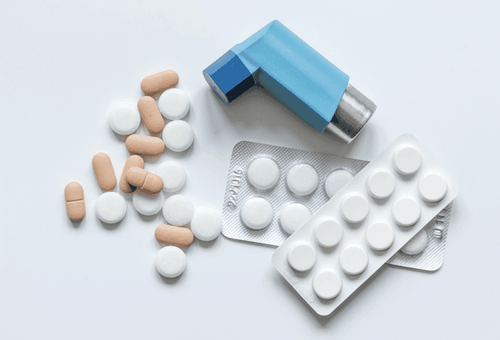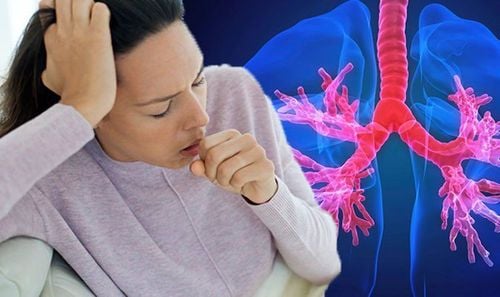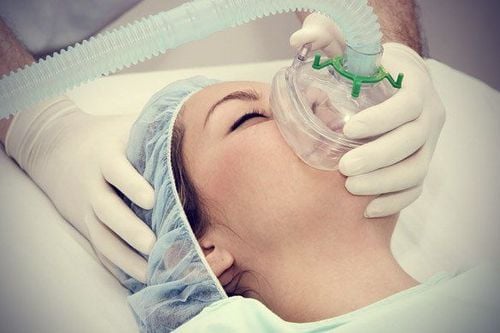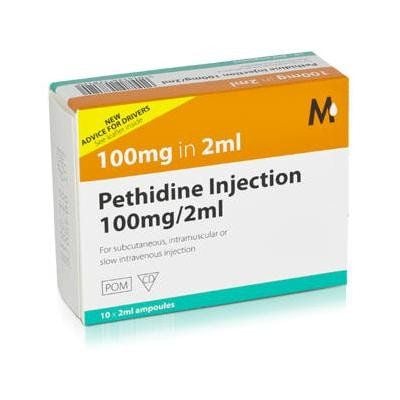This is an automatically translated article.
The article was professionally consulted by BSCK I Nguyen Xuan Tinh - Anesthesiologist - Resuscitation - Department of General Surgery - Vinmec Phu Quoc International General Hospital.Hysteroscopy is indicated for the diagnosis and treatment of some diseases of the uterus. Endotracheal anesthesia during hysteroscopy is a measure of general anesthesia that helps maintain respiratory function during the procedure.
1. Endotracheal anesthesia What is laparoscopic curettage?
Hysteroscopy is a procedure used to diagnose and treat certain diseases of the uterus. Some pathologies can be found during hysteroscopy such as:
Causes of recurrent miscarriage when a woman has a history of 2 or more miscarriages. Helps to remove adhesions caused by infection or previous curettage. Find the cause of abnormal uterine bleeding, menorrhagia ... Endotracheal anesthesia in hysteroscopy is a method of general anesthesia, with endotracheal intubation for the purpose of respiratory control. patient's breathing during surgery and postoperative recovery.
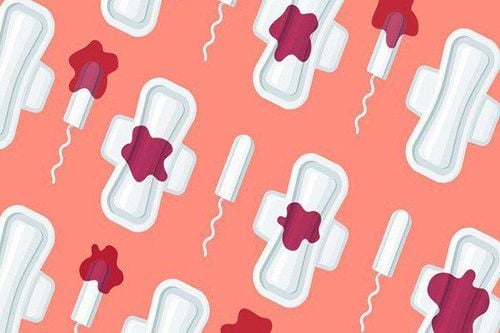
Nội soi buồng tử cung giúp chẩn đoán tình trạng rong kinh
2. Indications and contraindications
2.1 Designation
Laparoscopic surgery on patients who need to diagnose pathology in the uterine cavity, curettage of the uterus for biopsy or to treat patients with bleeding. Respiratory control with a mask is difficult. Maintain anesthesia with inhalational anesthetic.
2.2 Contraindications
When the patient disagrees. Insufficient means and techniques to perform resuscitation anesthesia.
3. Procedure for tracheal anesthesia
3.1 Preparation
Performer: Doctor and nurse of the Department of Anesthesiology and Resuscitation. Facilities: Anesthesia machine system with ventilator; hand squeeze oxygen source; monitor vital functions such as electrocardiogram, arterial blood pressure, SpO2, EtCO2, breathing rate, temperature; defibrillator, phlegm aspirator.
Laryngoscope, endotracheal tube of various sizes, suction tube, mask, abu squeezing ball, oropharyngeal cannula, Magill pliers, soft mandrin.
Drugs: Used in anesthesia resuscitation and handling possible complications.
Prophylaxis in case of difficult intubation: Cook tube, laryngeal mask, flexible bronchoscope, tracheostomy kit, mouth opener...
Patient: Full anesthetic examination before during endoscopy to detect and prevent possible complications.
Advice and explanation of possible complications in laparoscopic anesthesia.
Evaluation of cases at risk of difficult intubation.
Use sedation the night before surgery if the patient is too nervous.

Thuốc an thần được chỉ định đối với bệnh nhân dễ kích động
3.2 Steps to take
Patient:
Patient position: Lie on back, breathe 100% oxygen 3-6 l/min at least 5 minutes before induction of anesthesia. Install a vital signs monitor, pay attention during laparoscopic surgery to have EtCO2 parameters. Establish effective communication. Pre-medication. Anesthesia:
Patients can be induced with intravenous, inhalational, or a combination of both. Combine some drugs to increase the effect of anesthetics such as: Opioid pain relievers, muscle relaxants if necessary. Oral intubation: The condition for intubation is that when the patient is in deep sleep, muscle relaxation is sufficient in most cases.
Open the mouth, put one hand under the neck to help straighten the neck, put the laryngoscope to the right of the mouth, move the tongue to the left, push the lamp deep, coordinate with the right hand to press the cricoid cartilage to find the epiglottis and the larynx subject. Initiate rapid induction of anesthesia and perform the Sellick maneuver in patients with a full stomach. Pass the endotracheal tube gently through the glottis, stopping when the balloon of the endotracheal tube passes about 2-3 cm across the vocal cords. Remove the laryngoscope and inflate the endotracheal balloon. Check the correct position of the endotracheal tube with auscultation and EtCO2 results. Secure the tube with tape and place the cannula in the mouth to avoid biting the tube (if necessary). In the case of difficult intubation, the difficult intubation procedure is applied.
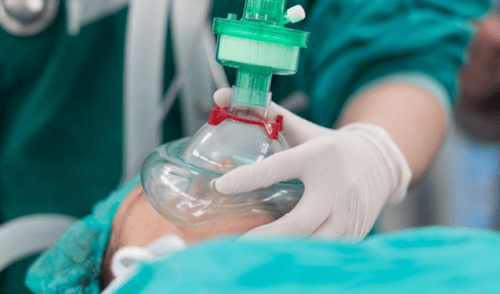
Các bước tiến hành gây mê nội khí quản nội soi nạo buồng tử cung
Maintenance of anesthesia: Maintain anesthesia with intravenous or volatile anesthetics, analgesics and muscle relaxants (if needed).
Monitor:
Need to control breathing with ventilator or hand squeeze. Monitor the depth of anesthesia based on heart rate, blood pressure, sweating, tearing... Preventing cases of endotracheal intubation in the wrong position, folding, or obstruction.
3.3 Standards for extubation
When the surgery is completed, the endotracheal tube should be extubated when the following criteria are met:
The patient is awake, following orders. Patient raises his head on his own for more than 5 seconds, TOF > 0.9 (if any). Breathe spontaneously, breathing rate within normal limits. Pulse and blood pressure are stable. Body temperature > 35 degrees C. No complications of anesthesia and surgery.
4. Complications and how to handle them
4.1 Reflux of gastric juice into the airway
Signs: There is digestive juices in the oral cavity and airways. Treatment: Remove the fluid in the oral cavity, lie down with the head low, tilt the head to one side; Rapid intubation of the endotracheal tube and aspiration of gastrointestinal fluid from the airway; Monitoring and prevention of lung infections after surgery
4.2 Hemodynamic disorders
May experience hypotension or hypertension, arrhythmia (bradycardia, tachycardia, arrhythmia). Depending on the signs of the disorder to take measures to handle.

Người bệnh có thể bị rối loạn nhịp tim sau khi thực hiện thủ thuật
4.3 Complications due to intubation
Intubation is not possible: It should be handled according to the difficult intubation procedure or if it is not possible, switch to another method of anesthesia. Misplaced in the stomach: Signs: Auscultation of the lungs without alveolar murmurs, no measurement of EtCO2. Treatment: Reinsert the endotracheal tube. Vocal, air, bronchial spasms Difficult or impossible to auscultate pulmonary ventilation, auscultation with rales or muted lung. Management: Provide adequate oxygen, add hypnotics and muscle relaxants, ensure ventilation and give bronchodilators and corticosteroids; If breathing is not controlled, a difficult intubation procedure should be used. Trauma when placing tubes: Bleeding, broken teeth, damage to the vocal cords, falling foreign objects into the airways... Treatment depends on each specific case.
4.4 Respiratory complications
Folding, retracting the endotracheal tube causing the endotracheal tube to be pushed deep into one lung, collapse or open the respiratory system, running out of oxygen...
Treatment: Need to immediately ensure ventilation and supply oxygen 100 %, solve the cause of endotracheal tube collapse and retraction.
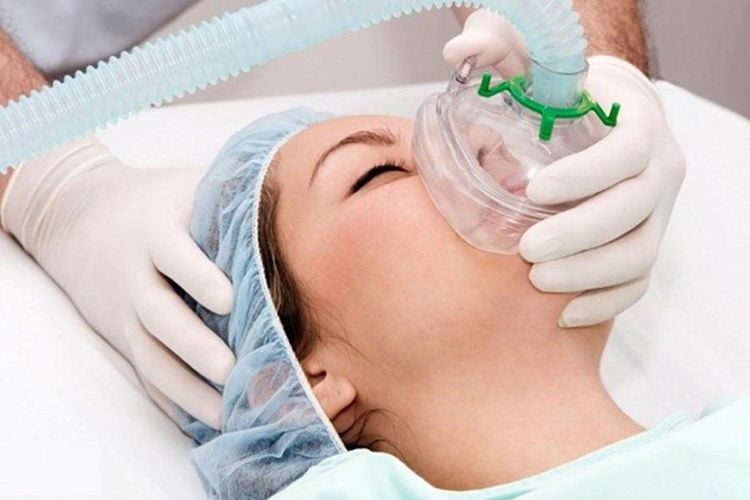
Biến chứng hô hấp là tai biến thường gặp khi gây mê nội khí quản
4.5 Complications after extubation
Respiratory failure, this condition can have many causes. Sore throat hoarse voice. Constriction of the vocal cords, trachea, and bronchi. Inflammation of the upper respiratory tract. Narrow larynx, trachea. Treatment depends on each case and each cause.
After endotracheal anesthesia, the patient performs laparoscopic curettage of the uterus. Although hysteroscopy is a relatively safe procedure, there is still a risk of complications. It should be done in reputable medical units to reduce the risk of complications.
Vinmec International General Hospital is one of the hospitals that not only ensures professional quality with a team of leading medical doctors, modern equipment and technology, but also stands out for its examination and consultation services. comprehensive and professional medical consultation and treatment; civilized, polite, safe and sterile medical examination and treatment space. Customers when choosing to perform tests here can be completely assured of the accuracy of test results.
Doctor Nguyen Xuan Tinh has more than 18 years of experience studying and working in the field of Anesthesia - Resuscitation. Before working as an anesthesiologist at the Department of General Surgery - Vinmec Phu Quoc International General Hospital, Dr. Tinh worked for a long time at Cam Xuyen Tinh District General Hospital, Ha Tinh.
Customers can directly go to Vinmec Health system nationwide to visit or contact the hotline here for support.







